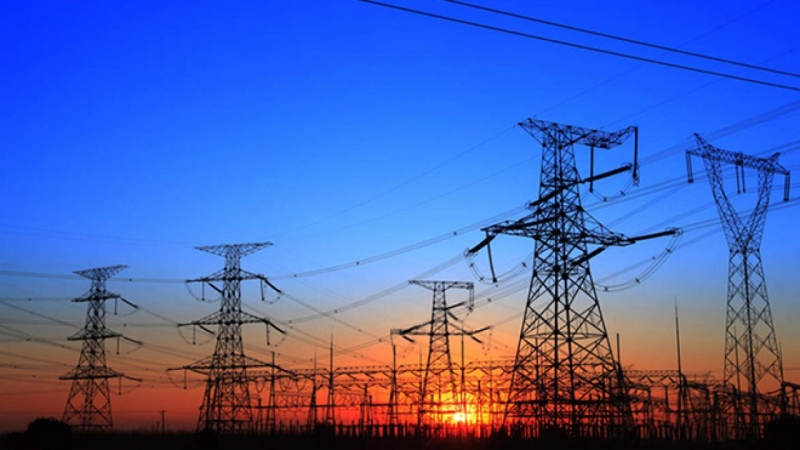Power procurement by the state has been unable to keep pace with the growth in the number of consumers & peak electricity load; absence of power generation too is a major drawback

Over the years, Goa’s need for energy has increased owing to the rapid strides it has made on the economic front. The State’s per capita electricity consumption has risen from 3661.47 M. kWh in 2018-19 to 3979.8 M. KWh of electricity in 2019-20. In 2018-19. Goa was one of the top states in India in terms of per capita electricity consumption at 2274 kWH 1 [1]. Despite the growing statistics though, the power procurement by the state has been unable to keep pace with the growth in the number of electricity consumers and the peak electricity load. The state witnesses constant power outages – at times 2-3 times a day. To mitigate the unreliable power supply, people are heavily dependent on highly polluting DG sets. For FY 18, Goa had a per capita diesel consumption of 225.6 kg, which is three and a half times higher than the national average of 66.9 kg - clearly at cross purpose with the state’s aspiration to be an environment-friendly destination.
Options for clean and reliable power
The absence of power generation sources in Goa has not helped matters either. While some citizen initiatives have led to the state government coming out with subsidies for solar installation, as of 30th September, 2020, Goa has an installed solar capacity of less than 5 MW. Moreover, with approximately 1 Ha of land required to set up 1 MW of solar PV power plant, setting up large scale solar plants may require thousands of trees to be cut.
On the other hand, rooftop solar projects involve high installation costs that have adversely impacted their penetration. So far, Goa has only 114 rooftop solar connections totalling 3.83 MW as of June 2020.
A solution for Goa’s power conundrum
Goa’s present transmission network is limited. It is connected to the Western Grid through the 400kV Kolhapur-Mapusa line and a single 220kV line from the south. The inadequate transmission network is a huge impediment to Goa’s clean renewable energy goals as without suitable transmission capacities, work done on the distribution network will provide limited relief.
In view of the above scenario, in 2015, the Ministry of Power envisaged the Goa Tamnar Transmission Project Limited to create an additional source of power for Goa. Subsequently, the decision to provide a new 400 kV substation in South Goa along with its interconnections with the Inter-State Transmission System was discussed and approved in the various meetings convened by the Standing Committee on Power System Planning and Standing committees of Western Region and Southern Region in 2016.
GTTPL is made up of five related but functionally independent power elements, as conceptualized by the Ministry of Power. These are: the 400/220kV substation at Sangod, 400 kV Xeldem – Mapusa line, 400kV Xeldem - Narendra line, 220kV Xeldem - Xeldem line and the 765kV D/c Dharamjaigarh – Tamnar Transmission Line in Chhattisgarh.
Once operational, the Goa Tamnar project will form a complete ring viz Mapusa; Kolhapur; Narendra; Xeldem; Mapusa ensuring reliable power for both north and south Goa districts. Apart from facilitating 1,200 MW of power exchange between Goa and Karnataka Grid, the project will be a harbinger of clean renewable power from across the renewable surplus zones in the country thereby reducing the region’s dependence on polluting diesel-based power. This enhanced and strengthened transmission network will take care of the state’s growing power demand for the next 30-40 years.
The project will provide uninterrupted and quality power supply to the state of Goa even during the peak tourist season.
Electricity doesn’t just light up homes, it lights up lives. It creates opportunity and allows people and societies to fulfill their potential. Whether powering the lights of a heritage building or a beach shack, an uninterrupted reliable power supply holds the key to a sustainable and reliable future of Goa.